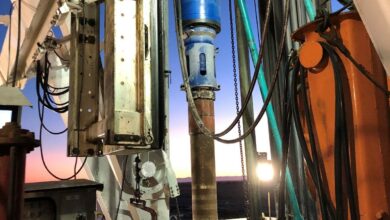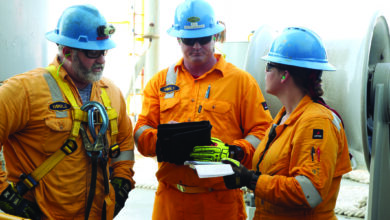Critical issues in drilling & completions
Despite market uncertainties, industry leaders are pushing ahead with technology and ESG investments, embracing new ways of working, contracting
By Linda Hsieh, Editor & Publisher
2020 probably didn’t turn out to be anything like what anyone predicted when the year began. And now, weeks into 2021, what the rest of this year will bring is still as much of a guessing game as ever. On so many things that can significantly impact the drilling and completions business – COVID-19 vaccines, travel restrictions and quarantines, the outlook for global energy demand and oil prices – visibility of the road ahead is as low as it’s ever been.
Despite the myriad uncertainties, industry leaders are forging ahead, guided by a few fundamental principles.
First, companies must continue to invest in digitalization/automation. Even before the pandemic, the industry was already headed down this path, but the past year has greatly accelerated the need for those technologies and for greater efficiency. In particular, remote operational capabilities have taken on new significance.
But how will companies reconcile this need for investment in such a down market? Clearly, companies will have to be more selective than ever about their investments. This means keeping only those technologies that can realize tangible commercial value today; aspirational concepts will likely be put on the back burner. “We should also have a mindset of broad implementation, rather than one-offs. The entire investment is not going to be recouped in one implementation,” said Erik Kirkemo, Senior VP Drilling & Wells at Equinor.
ESG is another fundamental guiding principle for the future. More and more, companies are seeing ESG as a “permission to play” value. Like safety, it’s no longer optional.
“ESG has commanded intense focus here in the last 12 to 24 months globally,” said Robert Eifler, President and CEO of Noble Corp. “It’s really shifted within the investor base, where a lot of organizations are now making it not only a priority but a price of entry if they’re going to consider investment.”
Finally, there is also the recognition that the current business model among drilling contractors necessitates a fundamental transformation. Going forward, operators’ needs for ever higher efficiency will not relent, even while margins will likely continue to diminish.
While there’s no consensus how the model should evolve, there is at least agreement that both operators and contractors will have to be more open to new ideas, more transparent and more collaborative.
“I think the industry is going through an ‘a-ha’ moment right now, and everything that we used to do is up for grabs,” said Sandy Esslemont, President and CEO of Parker Drilling. “The way we used to contract, the way we used to operate, the way we used to work together, the way we used to work – it’s all up for discussion.”
Visit the links above to find out more about what these industry leaders see as the most critical challenges facing the drilling business today. DC




